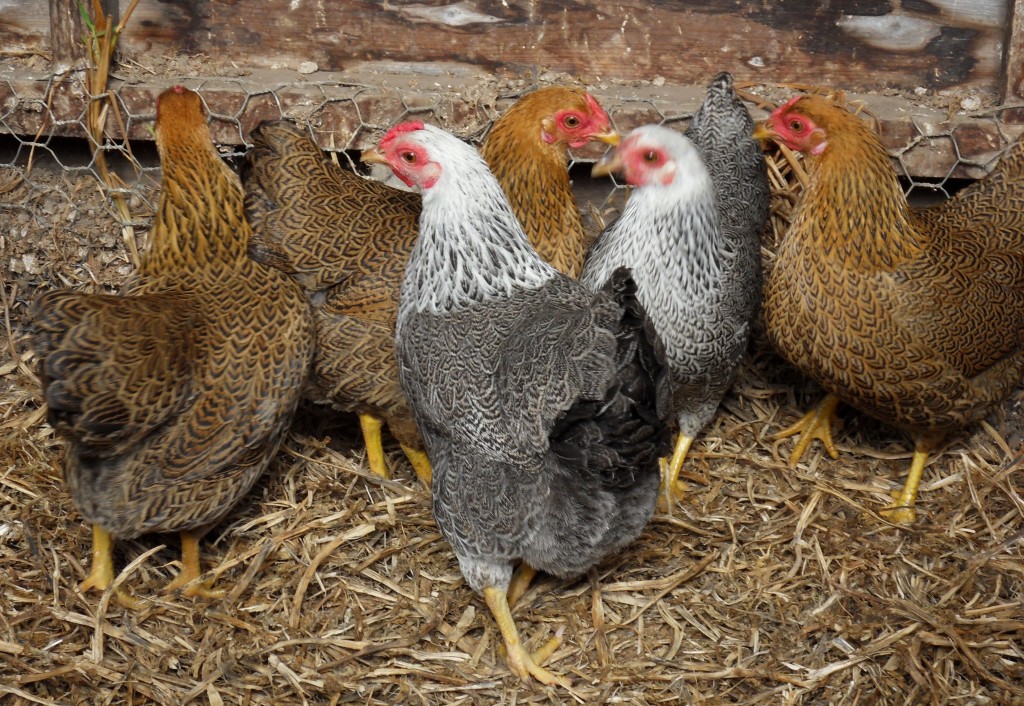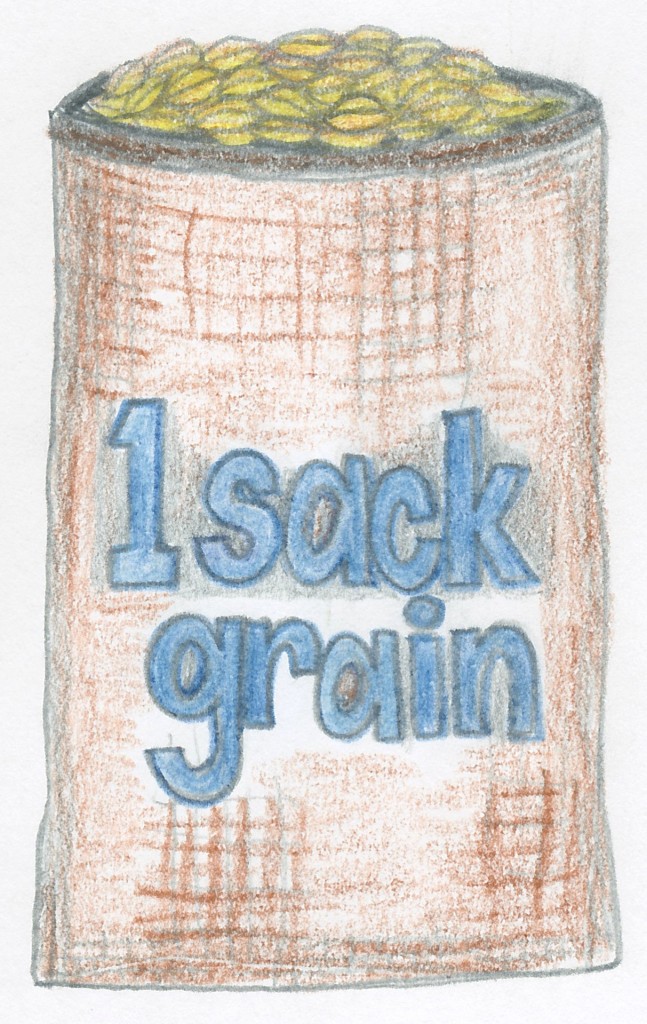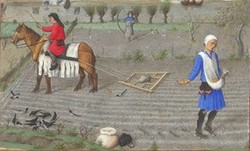
Dear S1Y,
The medieval feudal system could be described as a kind of complex pecking order.
The original type of pecking order was first observed by a biologist called W. C. Allee. He noticed in the 1920s that chooks peck each other according to their power or status in the farmyard. The most powerful chook pecks all the others. The least powerful chook is pecked by all the others. In between are the chooks who are pecked by those above them and who peck those below them. This is called a pecking order and is used to denote a hierarchy of power.
For instance, in our school Mrs Mitchell is above me in the pecking order and, I’m sorry to say, you are below me. But of course, I would never peck you, because I don’t have a beak. Besides, I’m a very nice old chook. All the same, I get to tell you what to do, badger you about your homework and talk endlessly about history while you feel more or less obliged to listen. That’s a bit like pecking, if you think about it.
Human relationships are in any case much more complex than those of chooks. The feudal system was not just a one-way pecking system, but a system of reciprocal rights and duties. The people at the top had responsibilities as well as privileges, but they certainly wielded much more power than those at the bottom. The lowly peasants and serfs, as you already know, experienced a life of grinding toil. For them hardship was unavoidable and hunger common, especially at certain times of the year; starvation was a serious possibility.

One reason for this is that the yield from the peasants’ crops was often quite meagre, especially when you factor in the taxes they had to pay to the Church and their lord. One source calculates that for every sack of grain they planted, they would harvest four.* One of these would need to be kept to plant the following year. A tenth would be paid to the Church and a tenth to the lord. That would leave them with about 2.2 sacks of grain for each one planted. You can understand why their lives were precarious. One poor season, one bad harvest or one unexpected war that a peasant had to fight in could wipe out their surplus and plunge them into a desperate situation.
Using the sites below, create a mind map or concept map of the feudal system. In the process, you should learn more about how it worked and add a number of new or unfamiliar words to your bulging vocabularies. Make sure that your concept map includes the words that I have listed below, along with explanations. Using symbols to denote the role of each group (for instance, king – crown, lord – castle, peasant – scythe) would also help you to remember this medieval pecking order.
Best of luck from an old hen,
Ms Green
* My source for this detail is a book called Zeitreise, a history text that I’m reading in German. Zeitreise could be translated Journey through Time.
http://history-world.org/feudalism.htm
http://www.historyonthenet.com/Medieval_Life/feudalism.htm (This site has a useful diagram)
http://www.historyforkids.org/learn/medieval/government/feudalism.htm
http://www.learner.org/interactives/middleages/feudal.html
Vocabulary:
♦fealty
♦fief
♦vassal
♦serf
♦villein
Ensure that your concept map uses all the elements above.




